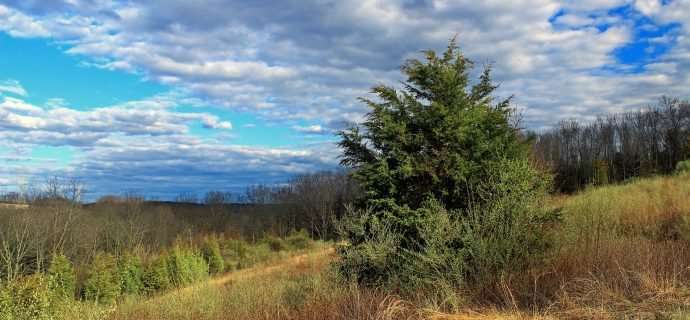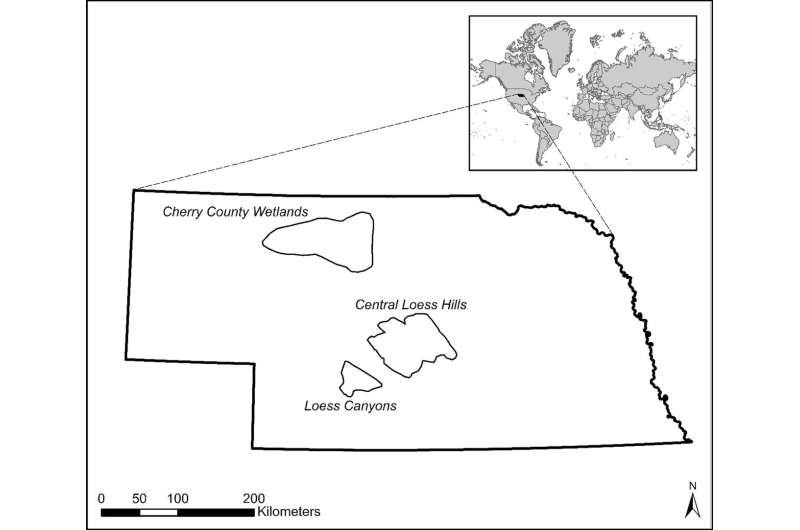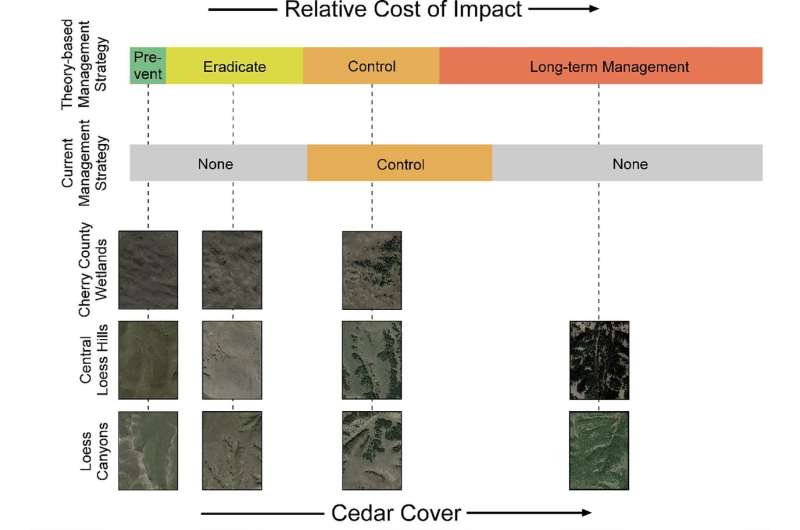Native invaders—a chink in the armour of ecological policy?

Invasive species are widely recognised as a major threat to the functioning of ecosystems and conservation of wildlife in the 21st century. But while most biological invasions are associated with the introduction of alien species into a new ecosystem – like the notorious cane toad in Australia– an important and often overlooked minority involve native species that begin to behave differently in response to manmade pressures. These so-called "native invaders" can become increasingly dominant within their native ranges and can cause complex changes in their native ecosystems, from disrupting species interactions to affecting community composition and biodiversity. These complex changes also make it challenging to deliver effective interventions to manage native invaders, as Caleb Roberts and his colleagues find out in their latest research published in PLOS ONE.
The team of researchers from the University of Nebraska and US Geological Survey set out to review management policies in the case of a major native invader in the US state of Nebraska, the Eastern red cedar (Juniperus virginiana). This coniferous tree occurs naturally across eastern North America, but has now begun to encroach on grassland habitats and grazing lands. The consequences of this expansion are wide-ranging, but include reduced agricultural profitability, increased risk of wildfires, and local losses of other – often rare – species. While the complete removal of Eastern red cedar from the landscape is not desirable because of its native status, policies are needed to limit its spread beyond its historic range and thus safeguard natural and economic resources.

Researchers and practitioners of ecological management often use a tool known as the 'density-impact curve' to define the types of interventions required at different stages of invasion. During the earliest stages of invasion, preventative strategies may prove effective in nipping the invasion in the bud. For an invasion of middling maturity, eradication may no longer be feasible, but control and containment measures can still be implemented to reduce the likelihood of wholescale landscape conversion. Beyond this stage, dedicated long-term strategies are needed to manage the situation as best as possible.

This study brings into sharp focus the urgent need for joined-up thinking in the development of policies for the management of native invaders. Because of their unique status as both biological heritage and ecological villains, native invaders cannot be shoehorned into the policy frameworks used for managing alien invasive species. A key priority should be open, constructive communication between stakeholders to ensure that potential conflicts between conservation goals are minimised. Also critical is the need to adopt flexible approaches that can be implemented at the most relevant spatial scales. Interventions that appear to make sense at a local scale may not be helpful for managing invasions which are playing out at a regional scale. Intensifying global change will continue to add fuel to the fire of the native invader phenomenon. Unless effective systems are put in place to identify and mitigate such cases, the costs to the environment and society could quickly spiral.
More information: Caleb P. Roberts et al. Doublethink and scale mismatch polarize policies for an invasive tree, PLOS ONE (2018). DOI: 10.1371/journal.pone.0189733
Journal information: PLoS ONE
Provided by Public Library of Science
This story is republished courtesy of PLOS Blogs: blogs.plos.org.


















